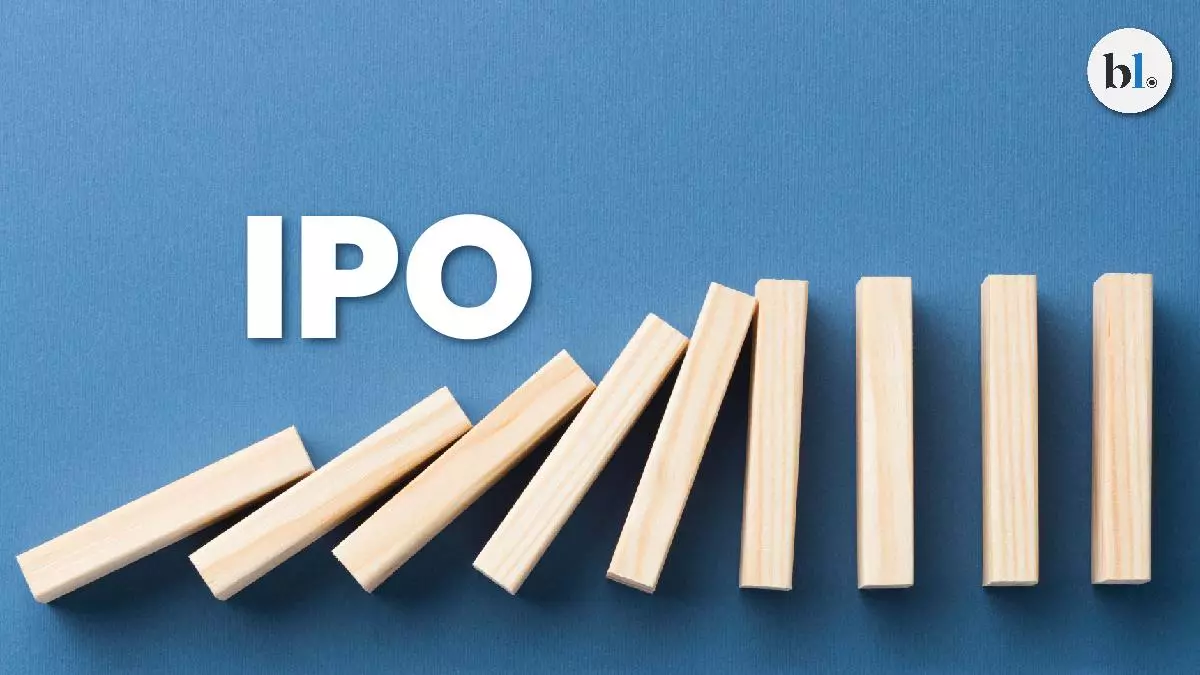The Rubber Board has released – RRII 417 – a new climate resilient Indian clone for North-East India.
The new clone has a vigorous growth habit and over 80 per cent of the trees attained tapping girth in the 7th year of planting in field trials. A comprehensive evaluation of RRII 417 spanning over a period of 25 years, in various regions of NE India including farmer’s field, revealed an average yield of 5.2 kg dry rubber per tree per year with an estimated yield of 2,080 kg/ha per year compared to 4.2 kg/tree per year and 1,680 kg/ha per year for RRIM 600, said Jessy MD, Director (In charge) of Rubber Research Institute of India.
With the release of RRII 417, she said growers in the N-E region have a composite choice of three indigenously developed climate-resilient clones for cultivation. With the higher yield and growth rate of these clones, a significant boost in rubber productivity and production in North-East India is anticipated, which will contribute to an increase in domestic supplies.
North-East, the second largest rubber cultivation belt in the country, contributes to nearly 30 per cent of the total area and 17 per cent of the natural rubber production. The major constraint with respect to rubber cultivation in the N-E is low air temperature during winter. Uneven rainfall distribution, degraded soils with less fertility status, cyclonic storms, landslides etc. are other constraints of this region. The Malaysian clone RRIM 600 is being widely cultivated in this region.
It is pointed out that the consumption of natural rubber in India has shown a steady increase during the past decade. The production has also shown an increase, but the rate of increase is lower and the gap between consumption and production has widened.
India imports about 35 per cent of its domestic requirement of rubber currently and the imports are likely to grow. The increasing dependence on imports is a concern due to the geopolitical situations, supply-related issues, market uncertainties and dynamics and the Government is taking conscious efforts to increase natural rubber production.
The Rubber Research Institute of India has contributed significantly to improve the productivity and production of natural rubber. The productivity of rubber in India increased more than 10 fold over the past decades, mainly through development of indigenous hybrid clones and good agricultural practices, she added.









Leave a Comment